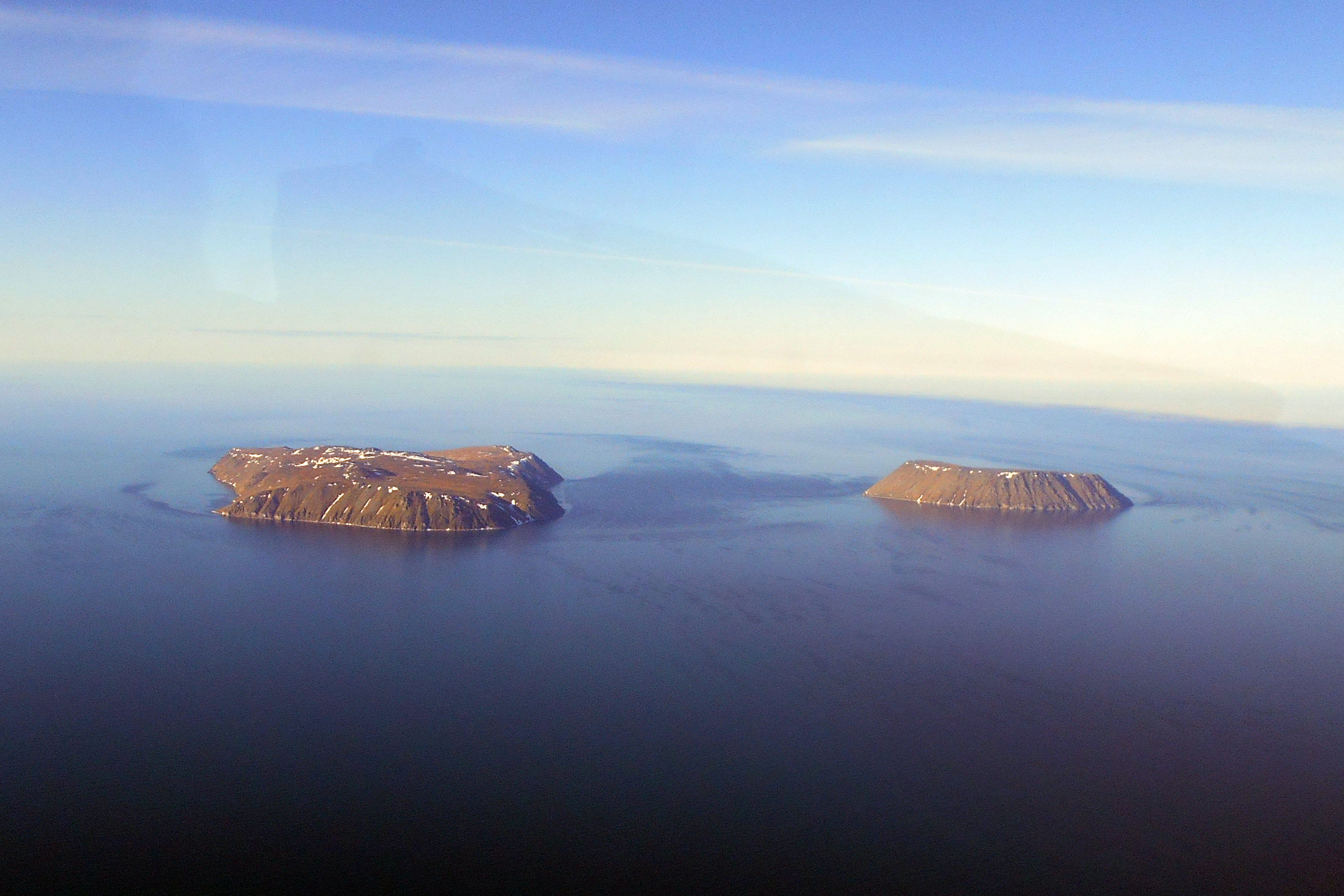Swimming for rapprochement
Thirty years ago this Monday, I swam from the United States to the Soviet Union.
The water was 38 degrees Fahrenheit, and I was wearing just a swimsuit, bathing cap and goggles. Few people believed anyone could survive for more than two hours in water that cold. The harder part was getting the Soviets to allow the swim at all. But my journey was the culmination of an 11-year effort to use sport to open the border between the United States and the Soviet Union. I had to try. I wanted to make a difference.
Growing up during the Cold War, I was afraid that the tension and misunderstanding between the people of the United States and the Soviet Union would cause our mutual self-destruction. The smallest misstep between the superpowers could escalate into a world war.
As a teenager, I swam the Catalina Channel in California and the English Channel, among other crossings. When my father suggested a Bering Strait swim around that time, it seemed impossible. But in time I realized that if I did succeed, it might help change the way Soviets and Americans viewed each other. Just two-and-a-half miles separated America’s Little Diomede Island in Alaska and the Soviet Union’s Big Diomede in the strait. I could show both sides how close we truly were.

It was difficult to obtain the support I needed. There were many questions. How could an athletic achievement open a border or make connections between people? I contacted the State Department, politicians and scientists. Most thought I would never succeed. I wrote a succession of Soviet premiers – Leonid Brezhnev, then Yuri Andropov, then Konstantin Chernenko – but got no response. But I persisted and finally, two days before I was planning to swim, President Mikhail Gorbachev gave his permission.
I jumped into the icy water off Little Diomede on Aug. 7, 1987. I was 30 years old, and I was excited. But I was also afraid. Even in training, I’d never swum in water so cold. There was a good chance I would go into hypothermia and fail to complete the crossing. I might even die. I had doctors in a support boat watching over me, but I was still going far beyond anything I had ever done before.
[A freezing swim to call attention to warming waters]
With the navigational support of Alaska Natives from Little Diomede Island in umiak boats, along with my crew and the media, I swam on, determined to succeed. My hands turned gray in the ice-cold water, and my arms and legs felt like boards. As we neared the border, we kept hoping to see the Soviet skiff set to meet us, but the fog was too thick. Then, when I was just 100 meters from Big Diomede, the Soviet boat appeared out of the mist, and the connection was made. It guided us to shore. It was Aug. 8 when I stepped out of the water – I had crossed both the border and the International Date Line. It was also the beginning of a new era.
I was welcomed by the governor of Siberia, the head of the KGB for Siberia, Soviet Olympic athletes and 50 VIPs from all over the Soviet Union. Not long after, Presidents Ronald Reagan and Gorbachev toasted the swim at the signing of the intermediate-range missile treaty. Gorbachev said I “showed how close to each other our peoples live.”
The world changed after that.
The two Diomede Island communities, separated for almost a half-century, were reconnected. Flights began between Alaska and Siberia. Exchanges and economic openings gained momentum, and the ripples reached as far as Eastern Europe. The swim inspired others to take on challenges they never thought possible. It was a joyful time, filled with hope, possibility and trust.
[Alaskans in tiny Cessna make goodwill flight to Russia]
But now the sense of rapprochement, optimism and trust nurtured by Reagan and Gorbachev have evaporated. In their place we have confrontation and reprisals. Poor relations, ordering diplomats to leave and exchanging threats all serve to create higher walls, and foster distrust and deceit.
Once again, people in both countries need to find ways to collaborate – through sports, art, music and literature. We need to take the high road, and by doing so we can inspire today’s politicians to find a new kind of rapprochement. We can show that connections among peoples of nations can overcome the often-personal rivalries of their political leaders.
Thirty years ago, I set out to send a message by diving forward into the unknown: Everything is connected. What is impossible can become possible. We just need to take the risk of reaching out.
Cox is a long-distance swimmer and writer. Her most recent book is “Swimming in the Sink.”